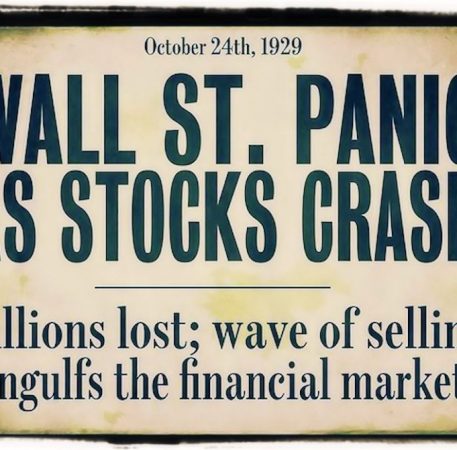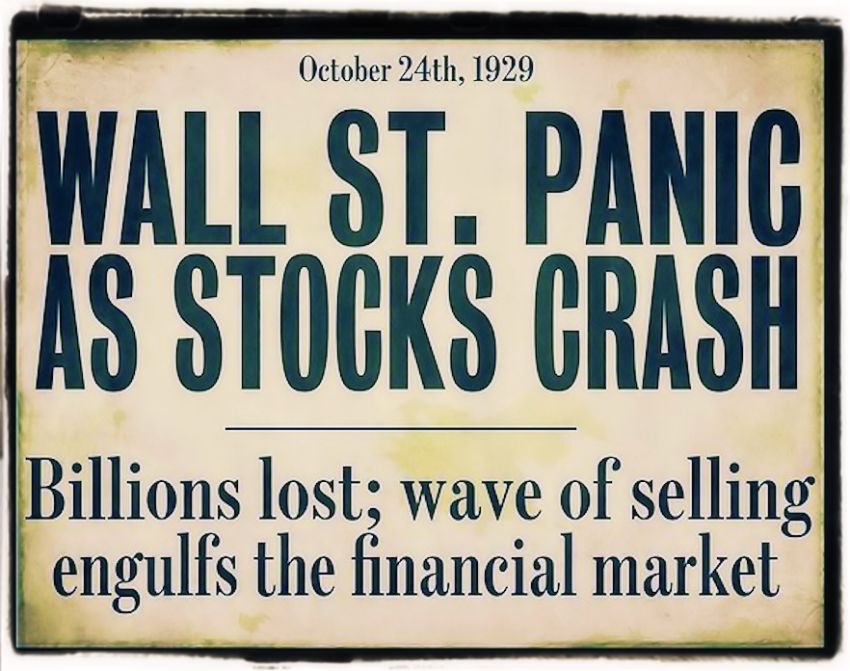
The Roaring Twenties The 1920s
World War I was a time of sacrifice for a lot of Americans both at home and abroad. When the war ended in 1918, they wanted to forget the past, relax and enjoy themselves. The period became known as “The Roaring Twenties” because of the sense of excitement, fun and change. Some people called it “The Jazz Age”. The Jazz Age describes life in America during the period from 1918 to 1929, the years between the end of World War I and the start of the Great Depression. The name was invented by the American writer F. Scott Fitzgerald and he used it in books such as Tales of the Jazz Age to describe the decadence and hedonism of the time. Fitzgerald’s famous book The Great Gatsby (1920) is generally considered to be the most representative literary work of the period.
Americans went wild over the invention of the radio and the talking picture, which premiered on Broadway in 1926. Radio stations were set up everywhere to broadcast the favourite music of the time, jazz, blues and ragtime. People seemed unconcerned about the future; they invented new ways of dressing, new words and new kinds of games. Business expanded, cars were produced on a mass scale and this changed the way Americans worked, travelled and relaxed. Times were good and some people made big fortunes investing on the stock market. Prices continued to rise and people were making more money than ever before.
The fun-filled trouble-free days of the 1920s came to a tragic end on “Black Tuesday”, the 29th October 1929. On that day, share prices dropped suddenly and billions of dollars were lost. Wall Street, the main American Stock Exchange, crashed and the nation declared itself bankrupt. The years that followed were among the darkest in American history. A quarter of all the American workers were unemployed, large industries stopped producing and a lot of businesses closed. The USA entered a recession and people began to lose faith in America and in themselves.
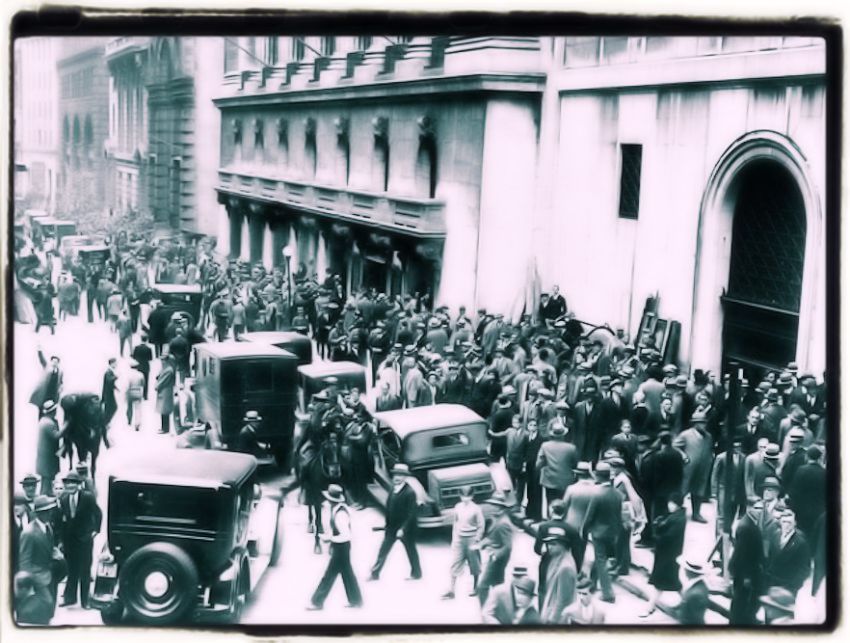
The Wall Street Crash
The Wall Street (the New York Stock Exchange) Crash of 1929, also known as the Stock Market Crash of 1929 or the Great Crash, is a major stock market crash that occurred in late October 1929. It started on October 24 (“Black Thursday”) and continued until October 29, 1929 (“Black Tuesday”), when share prices on the New York Stock Exchange fell dramatically and collapsed. It was the most devastating stock market crash in the history of the United States, when taking into consideration the full extent and duration of its after effects. The crash, which followed the London Stock Exchange’s crash of September, signaled the beginning of the 12-year Great Depression that affected all Western industrialized countries.
But what caused the Wall Street Crash?
In the 1920s, share prices in the USA rose the USA was so wealthy and so powerful year after year. A lot of American people believed that they could make money easily by investing in shares. They didn’t realise that they could also lose their money. Share prices went up because companies encouraged people to buy on credit. Few people realised that it was a very dangerous practice and that, at some point, they would not be able to make the repayments.
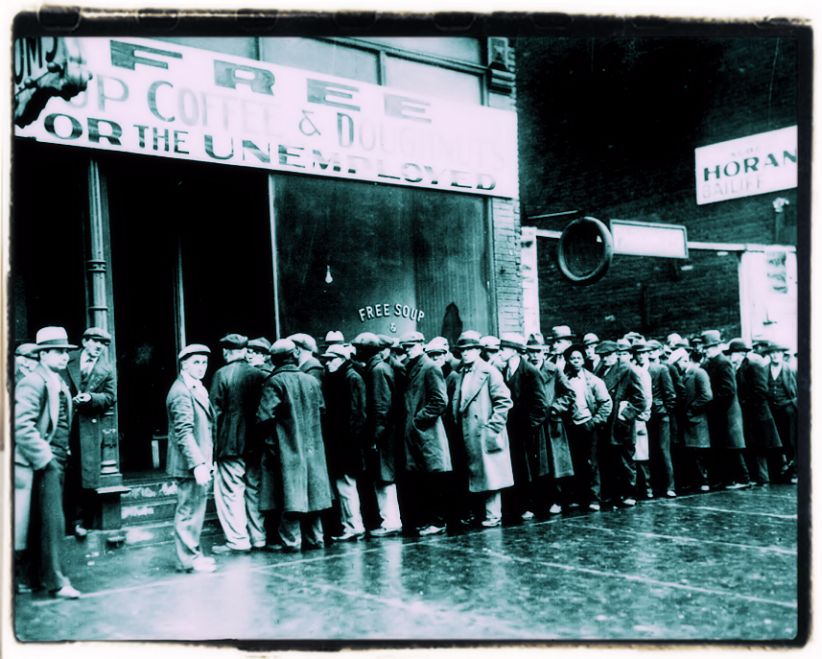
Some companies that people invested their money in were bogus, they didn’t exist. Other companies didn’t tell the truth. The US government didn’t believe that it had any responsibility for what was happening. The presidents in the 1920s, Warren Harding and Calvin Coolidge, didn’t think that it was their job to interfere. Some Americans predicted that a crash was coming, but very few people took them seriously. Most people believed that the USA was so wealthy and so powerful that it couldn’t happen. They were wrong.
How were the lives of Americans changed by the Wall Street Crash?
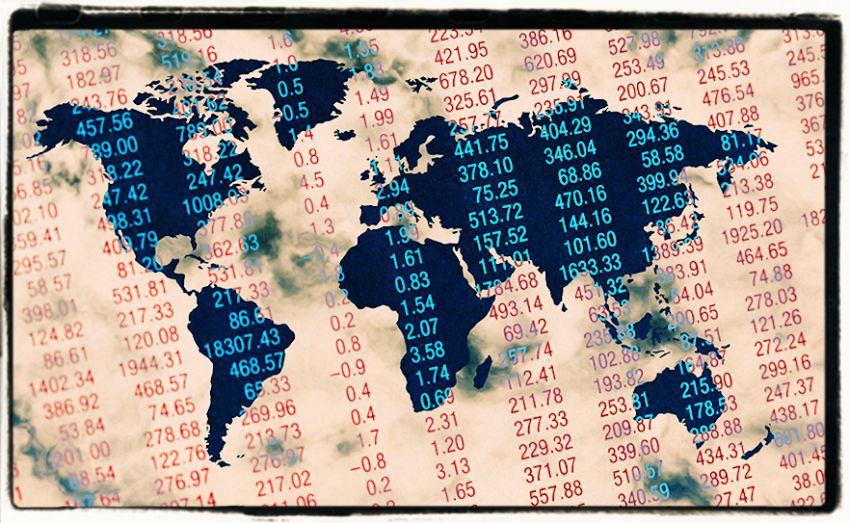
The crash led to an enormous loss of confidence on the part of the millions of Americans who had invested on Wall Street. Instead of investing and spending, people now began to save. All over the USA people drew their money out of banks and kept it at home. Many banks collapsed and many companies went bankrupt as most people stopped spending. Millions of people lost their jobs and by 1933 unemployment was at 13,000,000. The unemployed often lost their homes and were forced out onto the streets.
Key Events Leading to the Stock Market Crash of 1929
March 1929: The Dow dropped, but bankers reassured investors.
August 8: The Federal Reserve Bank of New York raised the discount rate to 6 percent.
September 3: The Dow peaked at 381.17. That was a 27 percent increase over the prior year.
September 26: The Bank of England also raised its rate to protect the gold standard.
September 29, 1929: The Hatry Case threw British markets into panic.
October 3: Great Britain’s Chancellor of the Exchequer Phillip Snowden called the U.S. stock market a “speculative orgy.”
October 4: The Wall Street Journal and The New York Times agreed with Snowden.
October 24: Black Thursday.
October 28: Black Monday.
October 29: Black Tuesday.
1933: President Roosevelt launched the Federal Deposit Insurance Corporation to insure bank deposits. After the crash, banks only had enough to honor 10 cents for every dollar. That’s because they had used their depositors’ savings, without their knowledge, to buy stocks.
November 23, 1954: The Dow finally regained its September 3, 1929, high, closing at 383.

